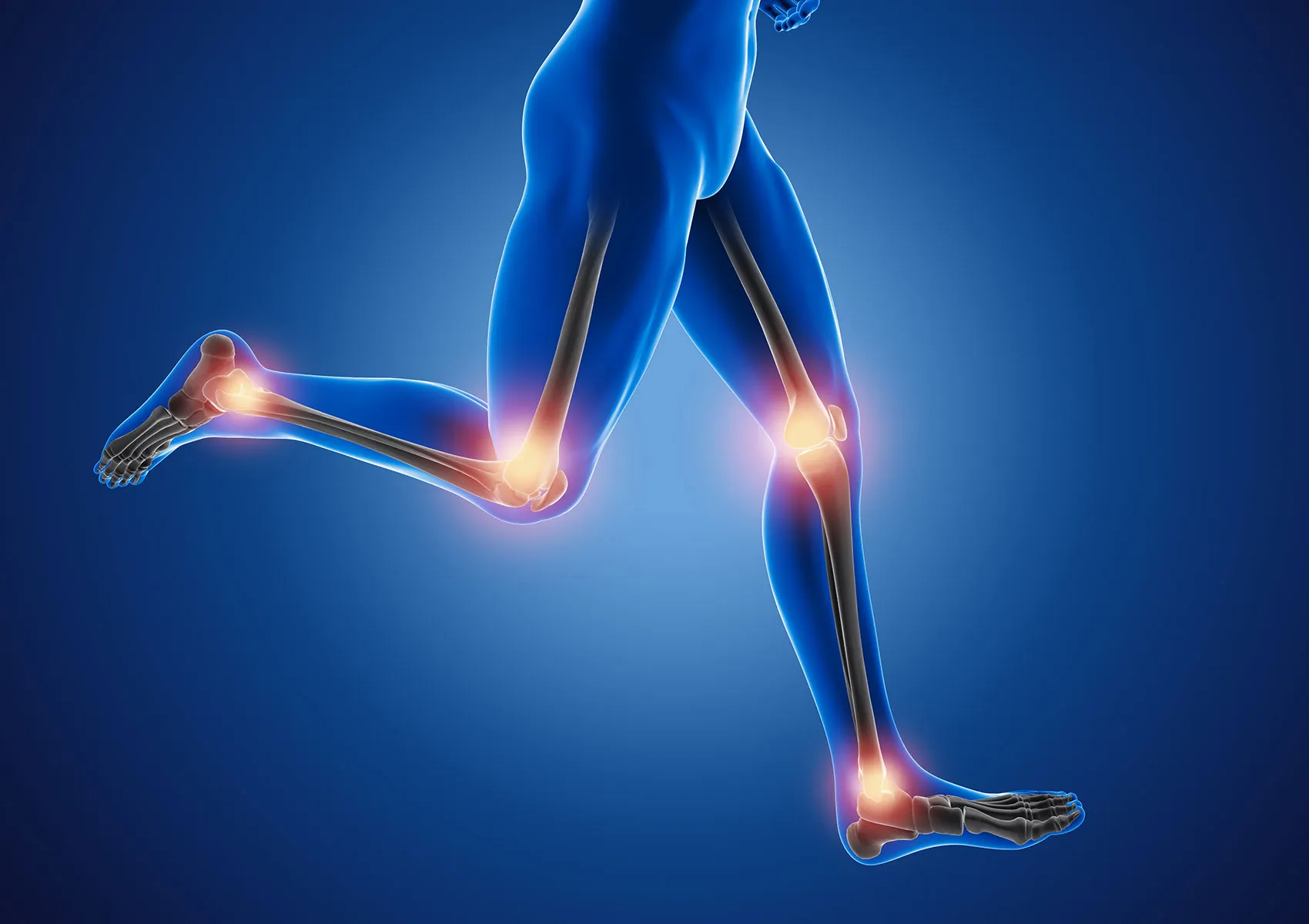What Is High Tibial Osteotomy (HTO)?
A Joint-Preserving Alternative to Knee Replacement
High tibial osteotomy (HTO) is a joint-preserving surgical procedure used primarily to treat early-stage osteoarthritis affecting the inner (medial) part of the knee joint. The goal of this surgery is to redistribute weight-bearing forces away from the damaged area of the knee to the healthier side, thereby reducing pain and prolonging the lifespan of the natural joint.
HTO is especially beneficial for younger, active patients who want to delay or avoid total knee replacement.
What Is High Tibial Osteotomy?
In this procedure:
- The tibia (shinbone) is cut just below the knee joint
- A wedge is opened or closed to change the alignment of the leg
- The new position is stabilized using plates, screws, or bone grafts
The goal is to shift the mechanical axis of the leg so that pressure moves from the worn medial compartment to the healthier lateral compartment.
When Is HTO Performed?
- Unicompartmental (medial) knee osteoarthritis
- Genu varum (bowleg deformity) causing medial knee pain
- Young, active patients who are too early for total knee replacement
- Pain and limited mobility localized to one side of the knee
- Post-traumatic angular deformities of the tibia
Who Is Not a Good Candidate?
- Patients with advanced arthritis affecting the entire knee
- Those over 65 with low physical activity levels
- Individuals with deformities in adjacent joints (hip, ankle)
- Patients with limited joint space on both medial and lateral sides
How Is HTO Performed?
- Performed under general or spinal anesthesia
- A controlled cut is made in the upper tibia
- The tibia is realigned to correct the angle of the knee
- The gap is stabilized with a plate and screws
- A bone graft or synthetic filler may be used if needed
The surgery usually takes about 1.5 to 2 hours, and most patients begin mobilization the same day or the next.
Recovery After HTO
- Hospital stay: 2–3 days
- Walking: Assisted with crutches in the first weeks, full weight-bearing at 4–6 weeks
- Physical therapy: Begins around the 2nd week
- Return to sports or high-impact activity: 4–6 months
- Complete healing: Approximately 6 months
Advantages of High Tibial Osteotomy
- Preserves the natural knee joint
- Delays or avoids total knee replacement
- Suitable for active lifestyles
- Reduces pain and improves mobility
- High satisfaction in properly selected patients
- Avoids early use of prosthetics in younger individuals
Risks and Potential Complications
- Delayed bone healing or non-union
- Irritation from screws or plates
- Overloading the lateral compartment
- Infection, bleeding, nerve or vessel injury (rare)
- May require total knee replacement later in life
FAQ
-
Can I walk after HTO surgery?
Yes. Walking typically begins with crutches in the first week, progressing to full weight-bearing over 4–6 weeks.
-
Does this surgery eliminate the need for knee replacement?
Not necessarily. It may delay or reduce the need for knee replacement in the future.
-
Is the procedure painful?
Mild to moderate pain is expected postoperatively, but modern pain management techniques are effective.
-
How long do I stay in the hospital?
Most patients stay for 2 to 3 days after surgery.
-
Is physical therapy necessary after HTO?
Yes. Physical therapy is crucial for restoring strength, flexibility, and joint function.

